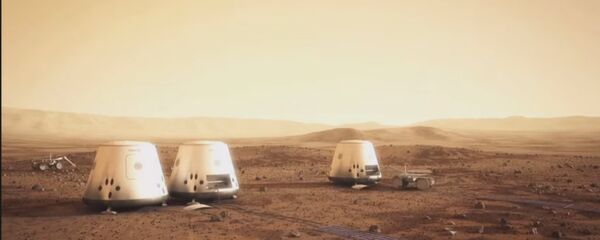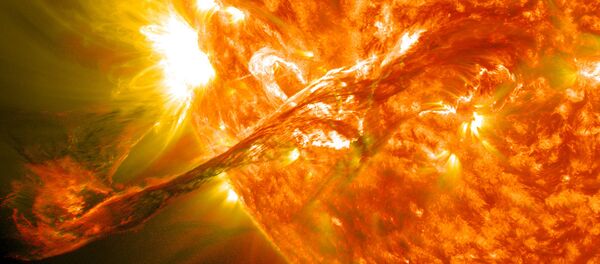A vacuum is space free of matter. Friction is the force created when different pieces of matter physically interact. It does not require a degree in physics to conclude that an object moving through a vacuum should not experience friction.
But when a team of researchers at the University of Glasgow performed calculations to predict the behavior of an atom moving through a vacuum, they were shocked to find the atom experiencing a force that looked quite a lot like friction.
"We spent ages searching for the mistake in the calculation and spent even more time exploring other strange effects until we found this [simple] solution," said team member Matthias Sonnleitner to Phys.org.
As always in physics, "simple" is relative. According to quantum physicists, a vacuum is not exactly empty, but is filled with quantum particles, which rapidly blink in and out of existence. These "quantum fluctuations" produce random electric fields which then interact with the atom and excite it. The excited atom decays further and releases a photon (light particle). The photon interacts with the atom and causes, in effect, friction.
But there's a problem. Quantum mechanics cannot overrule the principle of relativity, which states that objects have a set speed of movement that is not changed by the observer of that movement. For instance, the Earth revolves around the Sun at some 67,000 mph, and it does this regardless of whether we are watching.
But the quantum explanation does contradict relativity, since an observer outside of the vacuum would see the atom slowing down from the purported friction, while an observer inside the vacuum would not perceive any such thing, and they would both be right, because the thing that caused the atom to slow down simultaneously does, and does not, exist.
If you are still reading, you will be interested in how the Glasgow team explained the phenomenon. Sonnleiter told Physics World that the research team spent "weeks questioning their sanity" before they figured out that when the atom releases the photon, it also releases a miniscule amount of energy. According to Einstein's famous E = mc2 equation, atoms carry more energy than they do mass, in a principle known as the "mass defect."
When the decaying atom releases energy, it loses mass as well. Losing mass also causes a loss of inertia, since the lighter an object is, the faster it returns to rest, according to Newton's First Law.
The atom lost speed because it lost momentum. There was no friction present in the vacuum, because that is impossible.
"[W]e have shown that, yes, a decaying atom sees a force resembling friction," the Glasgow team concluded. "However, this force is a change in momentum due to a change in internal mass energy, and is not connected to decelerated motion."
Their next experiment, they say, is to see what happens when an atom absorbs a photon rather than emits one.






